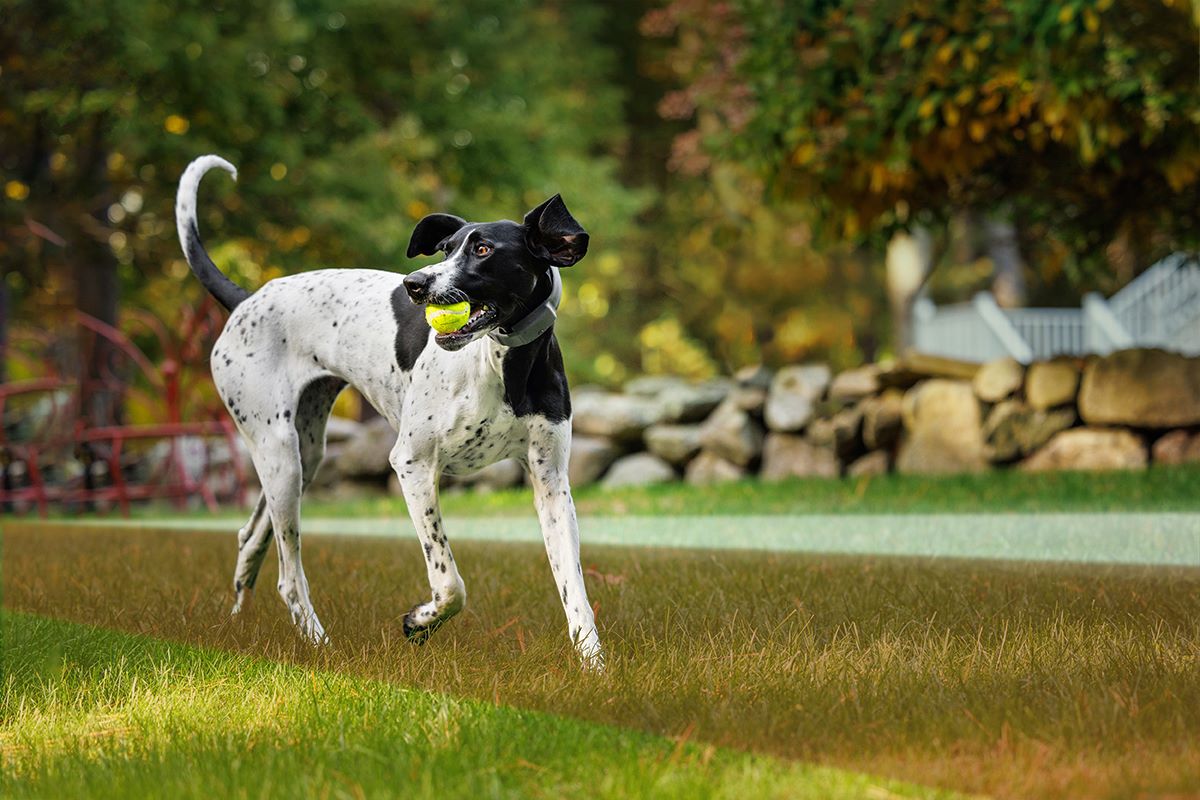

Articles
How To Keep Dogs In Yard Without Fence
Modified: January 8, 2024
Discover effective strategies and articles on keeping dogs in your yard without the need for a fence. Find useful tips and expert advice to create a safe and secure outdoor space for your furry friend.
(Many of the links in this article redirect to a specific reviewed product. Your purchase of these products through affiliate links helps to generate commission for Storables.com, at no extra cost. Learn more)
Introduction
Welcome to the ultimate guide on how to keep dogs in your yard without a fence. If you are a pet owner, you know how important it is to provide a safe and secure environment for your furry friend to roam freely. However, installing a traditional fence can be expensive and may not be suitable for all properties.
Fortunately, there are several effective methods and techniques that can help you keep your dog safely contained within your yard, even without a physical barrier. In this comprehensive article, we will explore various strategies to ensure your dog’s safety and freedom while still allowing them to enjoy the outdoors.
Before we dive into the details, it’s important to emphasize the significance of keeping dogs in a yard. Dogs are naturally curious and adventurous creatures. They have a strong instinct to explore their surroundings, which can lead to potential dangers if they wander off the property.
In addition to their own safety, keeping dogs in a yard provides peace of mind for you as a responsible pet owner. It prevents them from potentially causing harm to neighboring properties, disrupting traffic, or getting into conflicts with other animals.
Now that we understand the importance of keeping dogs contained, it’s time to assess your yard’s escape routes. Dogs are intelligent and resourceful animals, so it’s essential to identify any potential areas where they may attempt to escape. By doing so, you can take appropriate measures to secure those areas and ensure your dog remains safely within the boundaries of your property.
Key Takeaways:
- Creating a dog-friendly outdoor space with natural barriers, invisible dog fences, and proper training can keep your furry friend safely contained within the yard, promoting their well-being and your peace of mind.
- Regular exercise, mental stimulation, and effective supervision techniques are essential for preventing escape attempts and ensuring your dog’s safety within the yard, fostering a happy and secure environment for your beloved companion.
Read more: How To Keep A Dog In A Fence
Understanding the Need to Keep Dogs in Yard
There are several reasons why it is important to keep dogs in your yard. First and foremost, it is a matter of safety. Allowing your dog to roam freely outside the confines of your property can put them at risk of getting hit by a car, encountering aggressive animals, or ingesting harmful substances.
Furthermore, dogs that are not contained within a yard can be a nuisance to neighbors and may even cause damage to their property. They may dig up gardens, bark excessively, or intrude into yards or homes. By keeping your dog in your yard, you can maintain good relationships with your neighbors and avoid potential conflicts.
In addition to safety and neighborly considerations, keeping dogs in a yard promotes a healthy and active lifestyle. Dogs need regular exercise to maintain their physical and mental well-being. A secure yard provides them with the opportunity to explore, play, and burn off energy in a controlled environment.
Furthermore, a well-contained dog is less likely to become bored or anxious, which can lead to destructive behavior. By giving them a designated space to run and play, you can help alleviate any pent-up energy and reduce the likelihood of destructive behaviors such as chewing furniture or digging holes.
Lastly, keeping dogs in a yard allows you to have peace of mind. You can confidently let your dog outside without worrying about them wandering off or getting into trouble. This peace of mind enables you to relax and enjoy your time with your furry companion, knowing that they are safe and secure within the boundaries of your property.
Now that we understand the importance of keeping dogs in your yard, let’s move on to assessing your yard’s escape routes and identifying potential areas where your dog may attempt to venture outside of the property boundaries.
Assessing Your Yard’s Escape Routes
Before implementing any containment strategies, it is crucial to assess your yard and identify any potential escape routes that your dog may use. Dogs are known for their ability to dig under fences, jump over obstacles, or squeeze through small gaps. By understanding the weak points in your yard’s perimeter, you can take appropriate measures to reinforce those areas and prevent escapes.
Start by walking around your yard and evaluating the condition of your existing fencing, if any. Look for any holes, loose boards, or gaps that your dog could exploit. Ensure that gates are properly secured and that there are no areas where your dog might slip through.
Remember to check the height of your fence as well. If you have a small or agile dog, they may be able to jump over a low fence. Make sure the height of your fence is sufficient to prevent escape.
In addition to the physical boundaries of the yard, consider other elements that could serve as escape routes. For example, low-hanging tree branches or nearby fences from neighboring properties could provide an opportunity for your dog to climb or jump over. Trim any overhanging branches and ensure that neighboring fences are secure to eliminate these escape routes.
Take note of any potential digging spots, such as loose soil or areas with exposed roots. Dogs are excellent diggers and can easily dig under a fence if given the opportunity. Keep an eye out for these spots and consider ways to reinforce them, such as adding rocks or placing wire mesh along the bottom of the fence.
It’s also essential to consider any hazards or attractions outside of your yard that might entice your dog to escape. Are there enticing smells or interesting animals in neighboring yards that could tempt your dog to venture out? Consider blocking off or securing access points to minimize these external distractions.
By carefully evaluating your yard’s escape routes, you can identify potential areas of concern and take the necessary steps to address them. This proactive approach will go a long way in ensuring the security and containment of your dog within your yard.
Once you have assessed your yard and addressed any potential escape routes, it’s time to explore different strategies for securing the perimeter and keeping your dog safely contained. Let’s move on to the next section: securing the perimeter with natural barriers.
Secure the Perimeter with Natural Barriers
When it comes to keeping your dog in the yard without a fence, natural barriers can be an effective solution. By strategically utilizing your landscaping and incorporating certain elements, you can create a secure boundary that discourages your dog from venturing outside the perimeter.
One option is to plant dense shrubs or hedges along the perimeter of your yard. These plants not only add visual appeal but also act as a physical barrier, making it more difficult for your dog to wander off. Choose plants that are sturdy and thick, with minimal gaps between them. This will create a solid and impenetrable boundary.
Another natural barrier to consider is a berm or raised bed. By creating a gentle slope or elevated area along the edge of your yard, you add an extra obstacle for your dog to navigate. Dogs generally prefer not to climb or jump over raised surfaces, so this can dissuade them from attempting to escape.
You can also incorporate decorative elements such as large rocks or boulders strategically placed around the perimeter. These objects not only provide visual interest but also act as physical barriers, preventing your dog from easily accessing areas where escape might be possible.
A water feature, such as a pond or small stream, can also serve as a natural deterrent. Most dogs have a natural aversion to water and will be less likely to venture towards it. However, ensure that the water feature is safe for your dog and that they can’t accidentally fall in and get into trouble.
Lastly, consider the use of deterrent plants. Certain plants, such as rosemary or citronella, have smells that are unpleasant to dogs. By strategically planting these deterrent plants near potential escape routes, you can discourage your dog from approaching those areas.
It’s important to note that while natural barriers can be effective, they may not be foolproof for all dogs. Some dogs are natural escape artists and may still find a way out despite the presence of these barriers. Therefore, it’s crucial to combine natural barriers with other containment methods to ensure the safety and security of your dog.
In the next section, we will explore the option of installing an invisible dog fence as an additional layer of containment for your furry friend.
Install an Invisible Dog Fence
An invisible dog fence, also known as an underground or electronic dog fence, is a popular option for keeping dogs in the yard without a physical barrier. This type of fence works by using an underground wire and a collar that emits a warning beep or mild electric stimulation when the dog approaches the boundary.
The first step in installing an invisible dog fence is to determine the perimeter where you want to contain your dog. This can be done by measuring the area and planning the layout accordingly. Keep in mind any existing structures, obstacles, or landscaping features that may affect the installation process.
Once you have determined the perimeter, you will need to bury the wire underground. This wire will act as a boundary for the invisible fence system. It is recommended to bury the wire at least 1-2 inches underground to protect it from damage and ensure its effectiveness.
Next, you will need to install the transmitter and connect it to a power source. The transmitter is the central control unit that sends signals to the wire, creating the invisible boundary. It is usually placed in a location with easy access to power, such as a garage or utility room.
After installing the transmitter, it’s time to introduce your dog to the invisible fence system. This involves fitting your dog with a special collar that is equipped with a receiver. The collar receives signals from the wire and emits a warning beep or mild stimulation when your dog approaches the boundary.
It is essential to properly train your dog to understand and respect the boundaries of the invisible fence. This typically involves a gradual introduction and positive reinforcement. Begin by walking your dog around the perimeter on a leash and allowing them to approach the boundary while observing their reaction to the warning signals. Use verbal commands and treats to reinforce the boundaries and reward your dog for staying within the designated area.
An invisible dog fence can be an effective solution for containing your dog within the yard. However, it is important to note that an invisible fence may not be suitable for all dogs. Some dogs may be less responsive to the warning signals or may be more determined to escape. Therefore, it is crucial to assess your dog’s behavior and personality before investing in an invisible dog fence.
Now that we have explored the option of installing an invisible dog fence, let’s move on to creating a dog-friendly outdoor space within your yard.
Consider using a wireless dog fence system, which uses a boundary wire and a collar to keep your dog within the designated area. Training is essential for success.
Read more: How To Keep Dog From Jumping On Fence
Create a Dog-Friendly Outdoor Space
In addition to securing your yard, it’s important to create a dog-friendly outdoor space that will entice your furry friend to stay within the boundaries. By providing a stimulating and comfortable environment, you can minimize the desire for your dog to seek out other areas.
One key element in creating a dog-friendly outdoor space is providing ample shade and shelter. Dogs can become uncomfortable or overheated when exposed to direct sunlight for extended periods. Install a doghouse or set up a shaded area with a canopy or umbrellas where your dog can seek refuge from the sun. This will encourage them to stay within the confines of your yard where they can relax comfortably.
Additionally, consider the type of surface in your yard. Dogs love to dig, so providing them with an appropriate place to dig can help redirect their natural behavior. Designate a specific area in your yard where your dog is allowed to dig, such as a sandbox or a designated digging area filled with soft soil. This will help satisfy their urge to dig and discourage them from attempting to escape in search of new digging spots.
Be sure to incorporate toys and interactive activities into your dog-friendly outdoor space. Providing a variety of toys, such as balls, frisbees, or chew toys, will keep your dog engaged and entertained while they are in the yard. Consider adding a dog agility course or puzzle toys to provide mental stimulation and promote physical exercise. A mentally and physically stimulated dog is less likely to seek adventures beyond the boundaries of their own yard.
Another important aspect of a dog-friendly outdoor space is proper fencing or barrier systems that prevent your dog from accessing potentially dangerous areas within the yard. For example, if you have a pool or a garden with toxic plants, it’s crucial to ensure that your dog does not have access to these areas. Use fences or barriers to block off potentially hazardous zones and redirect your dog towards safe and enjoyable areas of the yard.
Lastly, remember to provide fresh water at all times. Dogs need access to clean and fresh water, especially during hot weather or physical activity. Consider installing a dog-friendly water fountain or a large water bowl that your dog can easily access in the designated outdoor space.
By creating a dog-friendly outdoor space, you can make your yard a desirable and enjoyable place for your furry friend to stay. This will help minimize their desire to venture outside the boundaries and increase their overall well-being and satisfaction.
Next, let us explore the importance of training your dog to stay within the yard and some effective techniques to achieve this.
Training Your Dog to Stay in the Yard
Training your dog to stay in the yard is an essential part of keeping them safely contained without a physical fence. With consistency and positive reinforcement, you can teach your dog to respect the boundaries of your property and resist the temptation to wander off.
The first step in training your dog to stay in the yard is establishing clear boundaries. Walk around the perimeter of your yard and use visual cues such as flags or markers to define the boundaries. These markers will serve as a visual reminder for your dog to stay within the designated area.
Next, work on reinforcing the “stay” or “boundary” command with your dog. Start by walking your dog on a leash around the perimeter of the yard and clearly indicating the boundary with the verbal command “boundary.” If your dog attempts to cross the boundary, gently but firmly redirect them back within the designated area. Reward your dog with treats and praise for obeying the boundary command.
Consistency is key in training your dog to stay in the yard. Practice daily sessions of boundary training, gradually increasing the duration and distance of your walks within the boundary. As your dog becomes more familiar with the training, gradually reduce the reliance on the leash and allow them to explore within the boundary under supervision.
Reinforce positive behavior by rewarding your dog whenever they remain within the yard. Use treats, praise, and affection to communicate to your dog that staying in the yard is a desirable behavior. Conversely, avoid punishing or scolding your dog for attempting to escape, as this may create fear or anxiety around the boundary and hinder their training progress.
Additionally, it’s important to address any factors that may be tempting your dog to leave the yard. For example, if your dog is regularly escaping to interact with other dogs or animals outside the yard, consider increasing their socialization within the boundaries. Arrange playdates with other friendly dogs or provide interactive toys and activities in the yard to keep them engaged and entertained.
Remember, training takes time and patience. Some dogs may pick up the concept of staying within the yard quickly, while others may require more time and reinforcement. Stay consistent, be patient, and celebrate small victories along the way.
In the next section, we will explore techniques for supervising and monitoring your dog to ensure their safety within the yard.
Supervision and Monitoring Techniques
While training your dog to stay in the yard is important, it is equally crucial to supervise and monitor them to ensure their safety and prevent any potential escape attempts. By implementing effective supervision and monitoring techniques, you can have peace of mind knowing that your dog remains within the boundaries of your property.
One of the most straightforward techniques is to visually observe your dog while they are in the yard. Regularly check on them to ensure they are staying within the designated area and not exhibiting any signs of restlessness or attempts to escape. This visual presence can also act as a deterrent for your dog, as they will be less likely to attempt an escape if they know they are being watched.
If you need to step away or cannot visually monitor your dog, consider using a long tether or tie-out system. This allows your dog to have some freedom of movement within a specific area of the yard while still remaining securely tethered. Ensure that the tether is a safe length and that your dog cannot become entangled or reach areas where they could potentially escape.
Another effective monitoring technique is the use of security systems or cameras. Install a security camera or surveillance system that covers your yard and allows you to keep an eye on your dog remotely. This can be particularly useful if you need to leave the house or if you want to monitor your dog’s behavior when you are not present. However, keep in mind that remote monitoring should not be a substitute for regular visual checks and interaction with your dog.
Additionally, consider using motion-triggered alarms or sensors. These devices can notify you if your dog approaches or crosses the boundary of your yard. They can be particularly helpful if you are in a situation where you cannot visually monitor your dog and need an extra layer of alertness.
Regularly check the condition of your yard’s boundaries, including fences, natural barriers, or the invisible dog fence system. Ensure that there are no gaps, loose boards, or malfunctions that could potentially allow your dog to escape. Regular maintenance and inspection will help prevent any unexpected escape situations.
Furthermore, remember that supervision and monitoring alone are not foolproof methods. It is crucial to combine these techniques with proper training, reinforcement, and a dog-friendly environment. By doing so, you can create a secure and enjoyable space for your dog within the boundaries of your yard.
In the following section, we will discuss the importance of regular exercise and mental stimulation for your dog’s overall well-being and containment within the yard.
Regular Exercise and Mental Stimulation
Regular exercise and mental stimulation play a vital role in keeping dogs in the yard without a physical fence. By providing your dog with adequate physical activity and mental enrichment, you can satisfy their natural instincts and prevent them from becoming restless or seeking opportunities to escape.
First and foremost, dogs need daily exercise to maintain their physical health and burn off excess energy. Designate specific times for regular exercise sessions with your dog, whether it’s playing fetch, going for a walk or jog, or engaging in other physical activities they enjoy. This will help tire them out and reduce the likelihood of them seeking entertainment outside the yard.
Consider engaging your dog in mentally stimulating activities as well. Puzzle toys, treat-dispensing toys, or interactive games can provide mental exercise and keep your dog’s mind engaged. By challenging them mentally, you can help prevent boredom and the desire to escape in search of stimulation.
Training sessions can also serve as mental stimulation for your dog. Incorporate regular training exercises and obedience sessions to keep their minds sharp and focused. This not only enhances their mental capabilities, but also strengthens the bond between you and your dog.
Incorporate regular playtime and socialization with other dogs to provide your dog with both physical and mental stimulation. Organize playdates with other friendly dogs or visit a local dog park where your dog can socialize and engage in interactive play. Socialization and play with other dogs can help satisfy their need for companionship and reduce the desire to escape in search of social interactions.
Consider setting up an agility course or creating an obstacle course in your yard for your dog to navigate. This can provide both physical exercise and mental stimulation as they learn to tackle different obstacles and complete the course. Training your dog to navigate the course will not only keep them entertained, but also challenge their problem-solving skills.
Lastly, remember that regular exercise and mental stimulation are not only important for containing your dog within the yard, but also for their overall well-being. Dogs that receive adequate exercise and mental stimulation are generally happier, healthier, and less prone to behavioral issues. It is an essential part of being a responsible pet owner and ensuring your dog’s overall satisfaction and contentment.
Now that we have discussed the importance of exercise and mental stimulation, let’s conclude our guide on keeping dogs in the yard without a fence.
Read more: How To Keep Dog Away From Fence
Conclusion
Keeping dogs in the yard without a fence is possible with the right strategies and techniques. By understanding the need for containment and assessing your yard’s escape routes, you can take the necessary steps to secure your furry friend within the boundaries of your property.
Creating natural barriers, such as dense shrubs, raised beds, or obstacles, can discourage your dog from attempting to escape. Installing an invisible dog fence provides an additional layer of containment, coupled with proper training to ensure your dog understands and respects the boundaries.
Designing a dog-friendly outdoor space with shade, designated digging spots, toys, and interactive activities will entice your dog to stay within the yard. However, supervision and monitoring techniques should also be implemented to prevent any potential escape attempts and ensure your dog’s safety.
Regular exercise and mental stimulation are vital to keep your dog content and less likely to seek out adventures beyond the yard. Providing ample opportunities for physical activity, mental enrichment, socialization, and training will satisfy their natural instincts and reduce the desire to wander off.
Remember, each dog is unique, and it’s important to tailor your containment strategies and training methods to suit their individual needs and behaviors. Be patient, consistent, and reward positive behavior to reinforce their understanding of the boundaries.
By implementing these strategies and techniques, you can provide a safe and secure environment for your beloved companion to enjoy the outdoors while keeping them happily contained within your yard.
So, go ahead and create a dog-friendly space, train your furry friend to understand the boundaries, and enjoy peace of mind knowing that your dog is safely contained within the yard, even without a physical fence.
Frequently Asked Questions about How To Keep Dogs In Yard Without Fence
Was this page helpful?
At Storables.com, we guarantee accurate and reliable information. Our content, validated by Expert Board Contributors, is crafted following stringent Editorial Policies. We're committed to providing you with well-researched, expert-backed insights for all your informational needs.
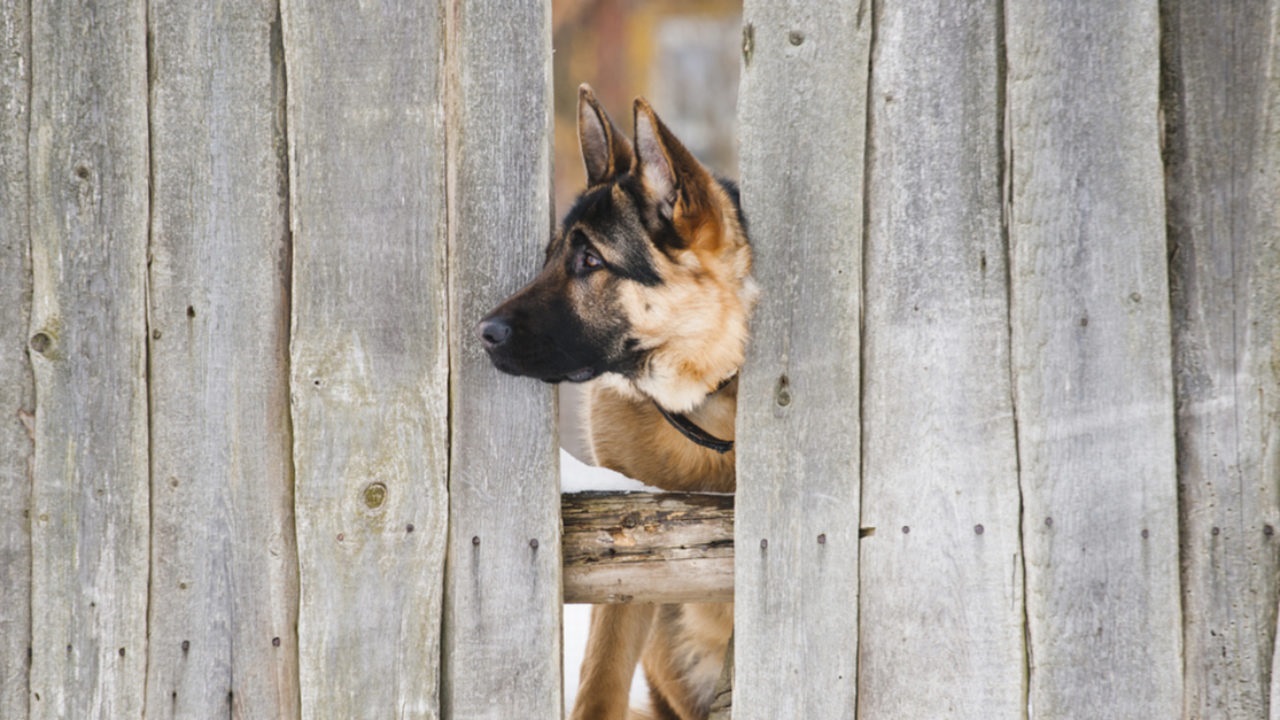
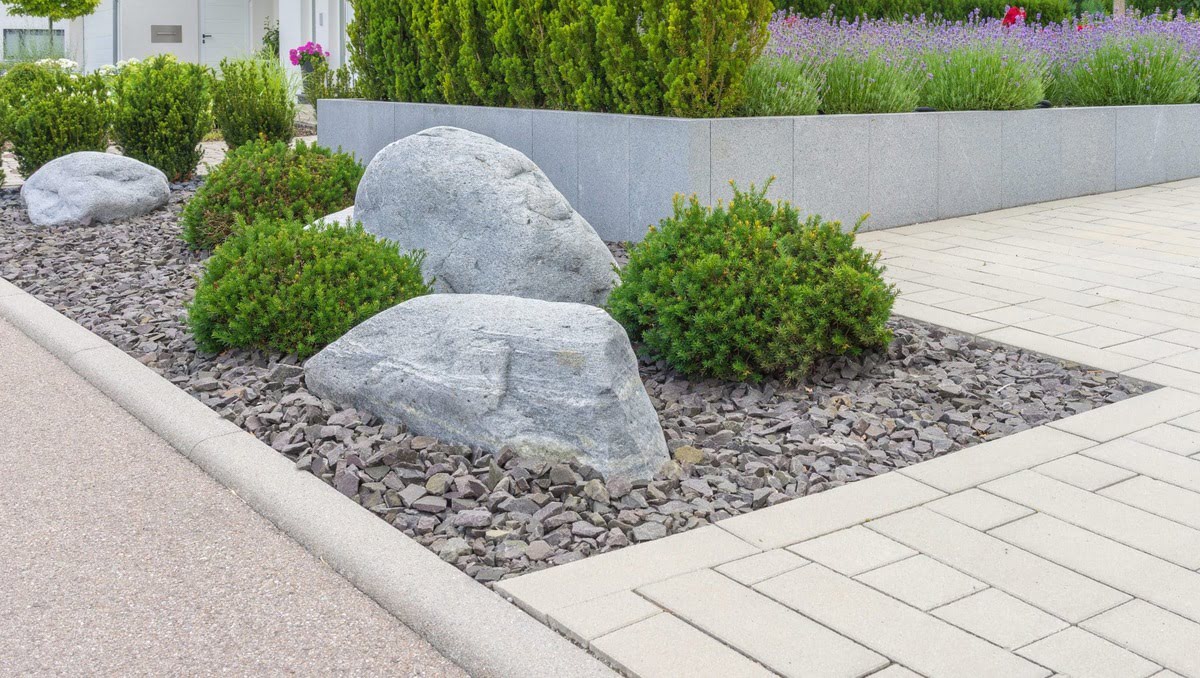
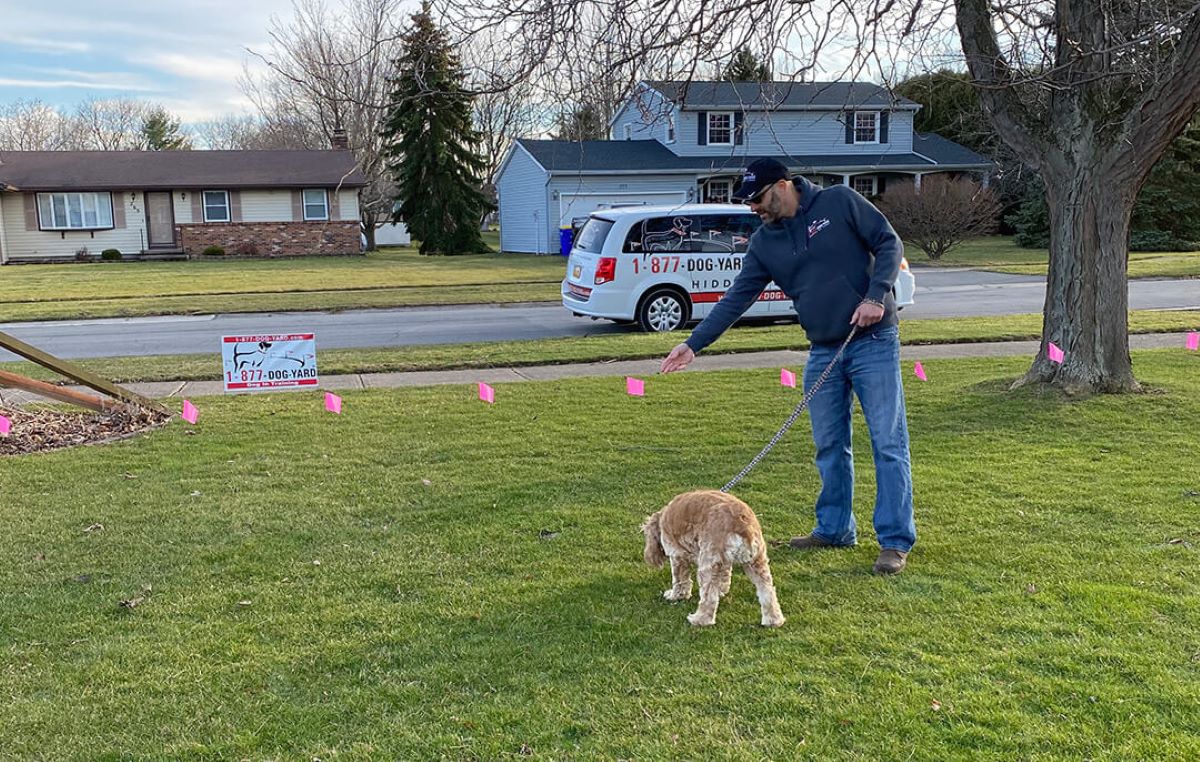
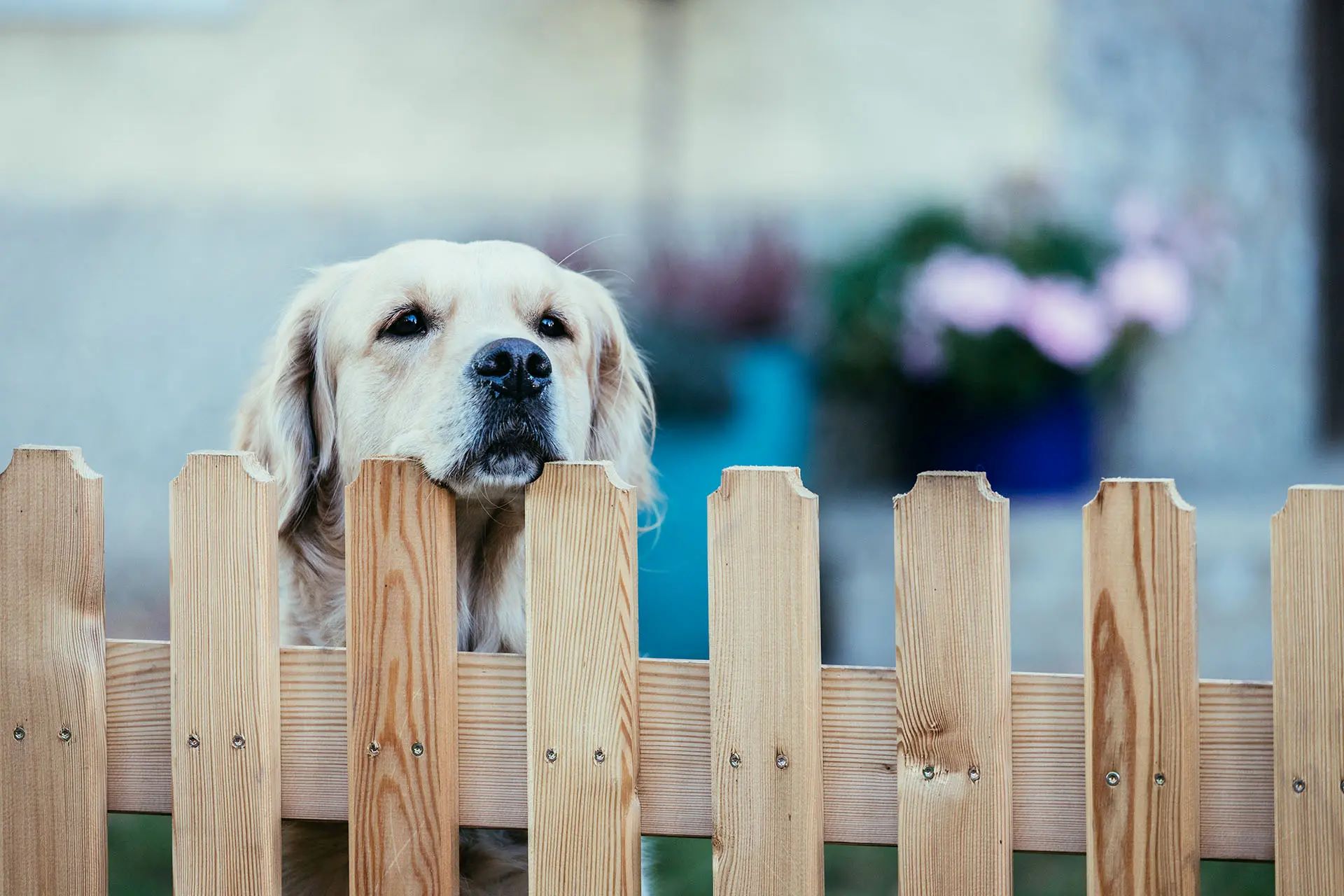
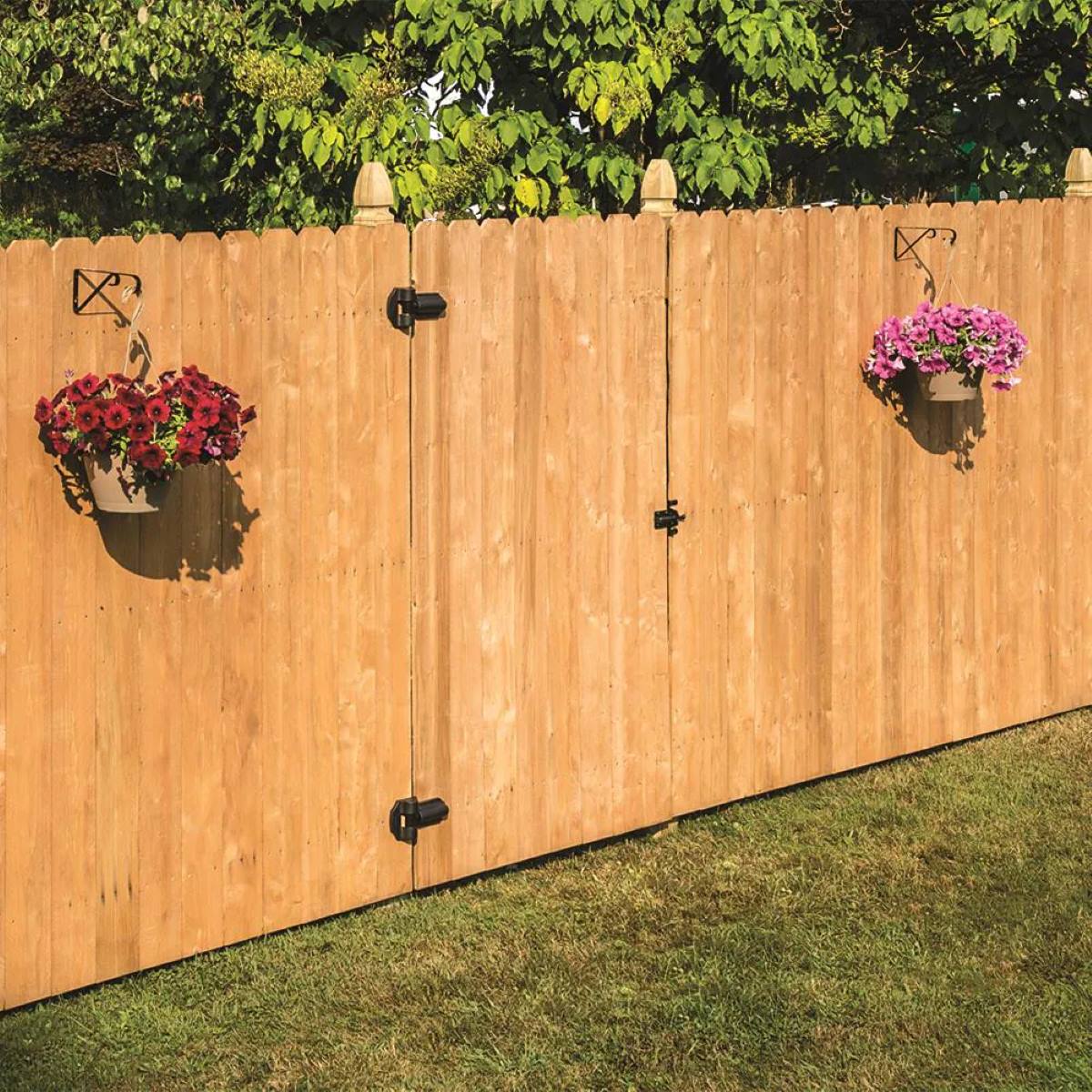
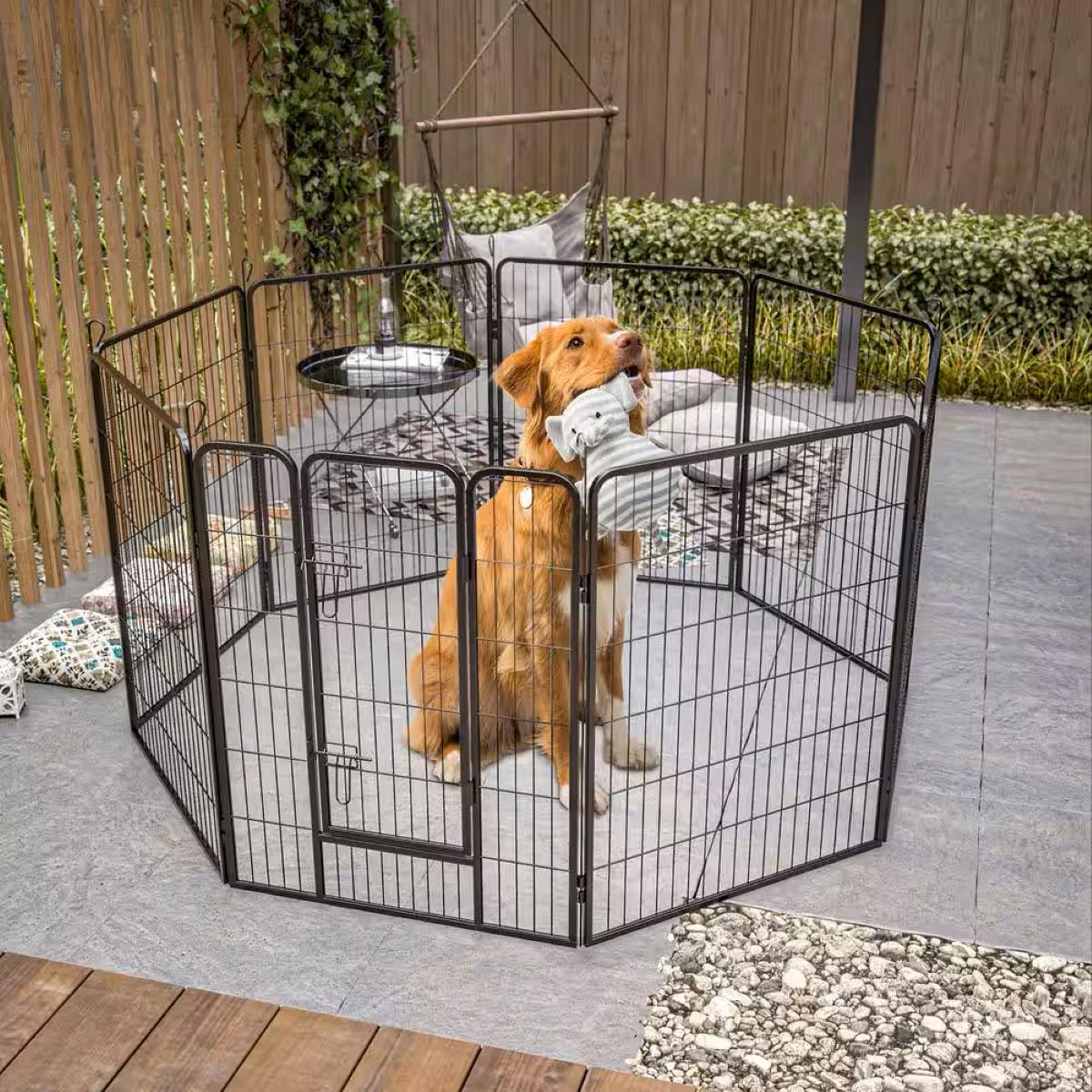
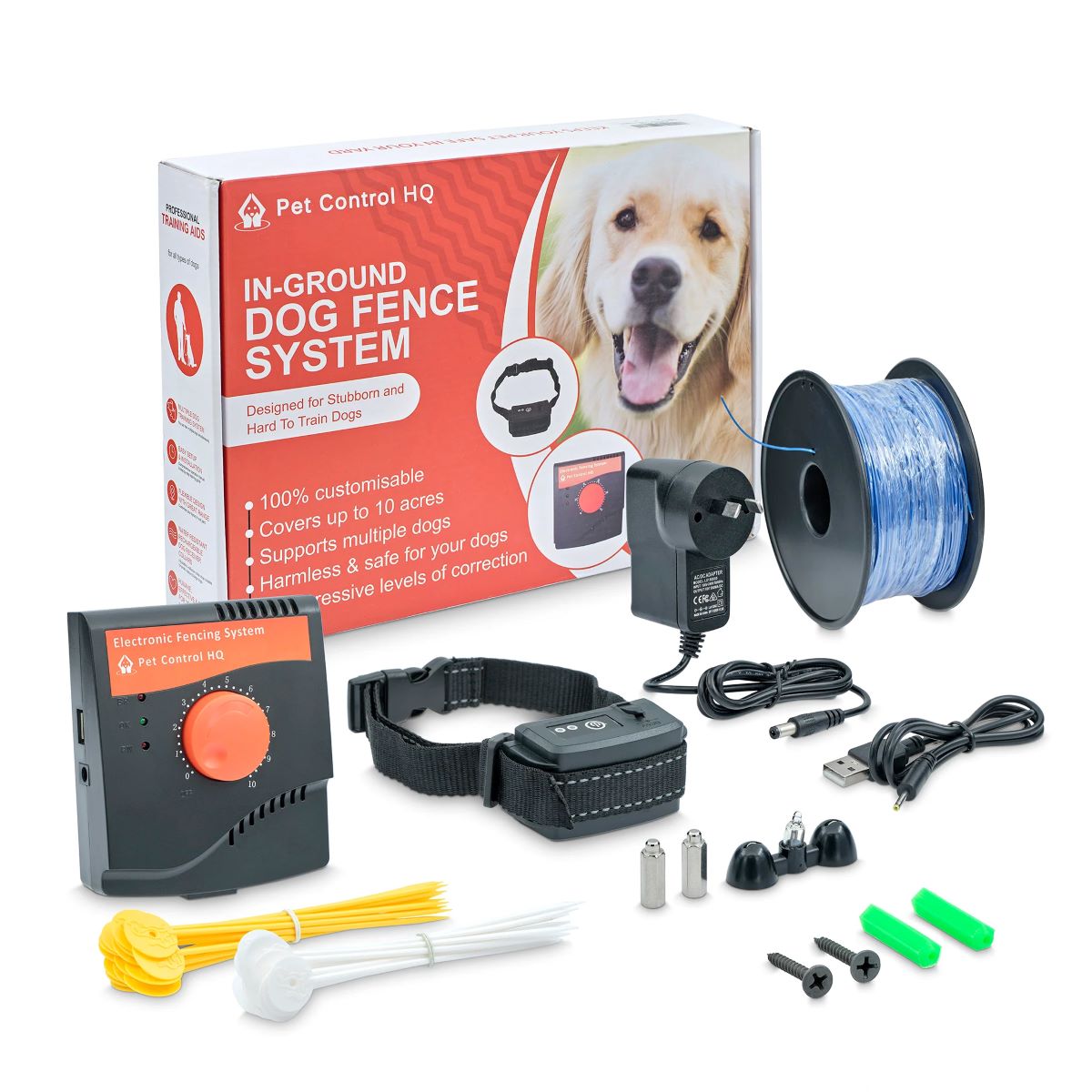
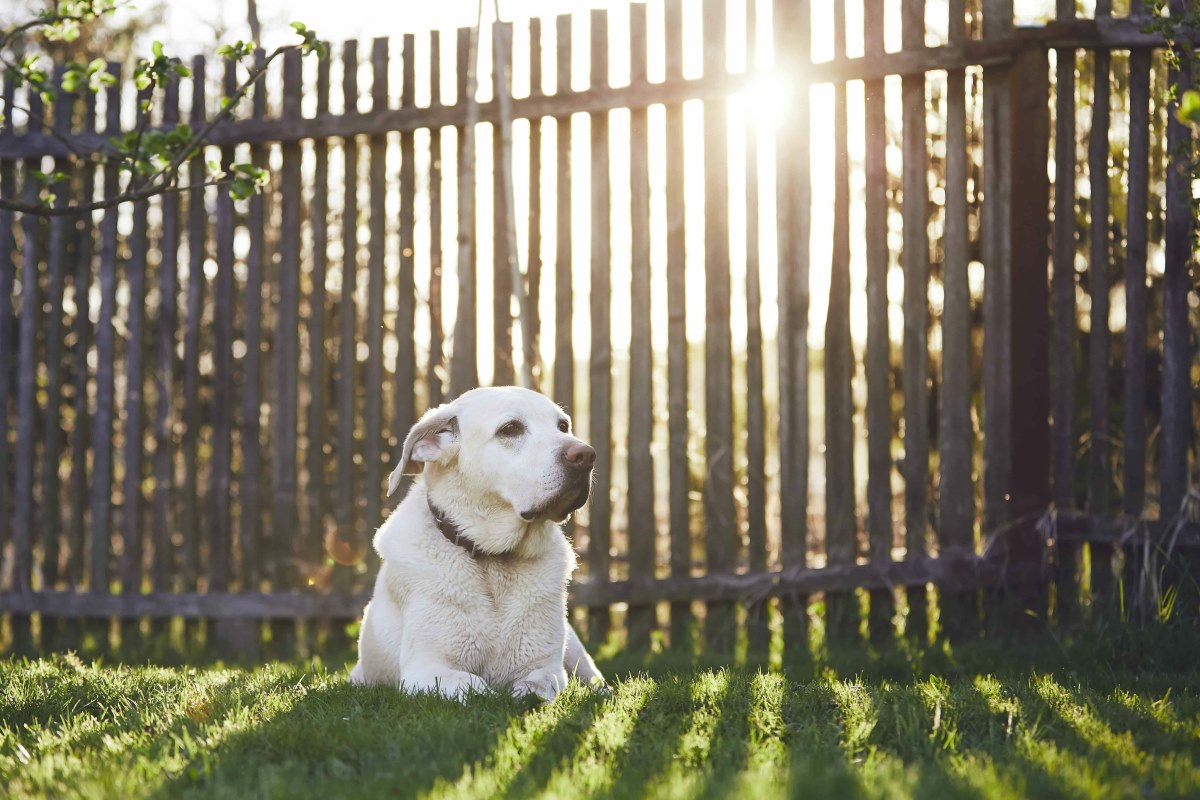
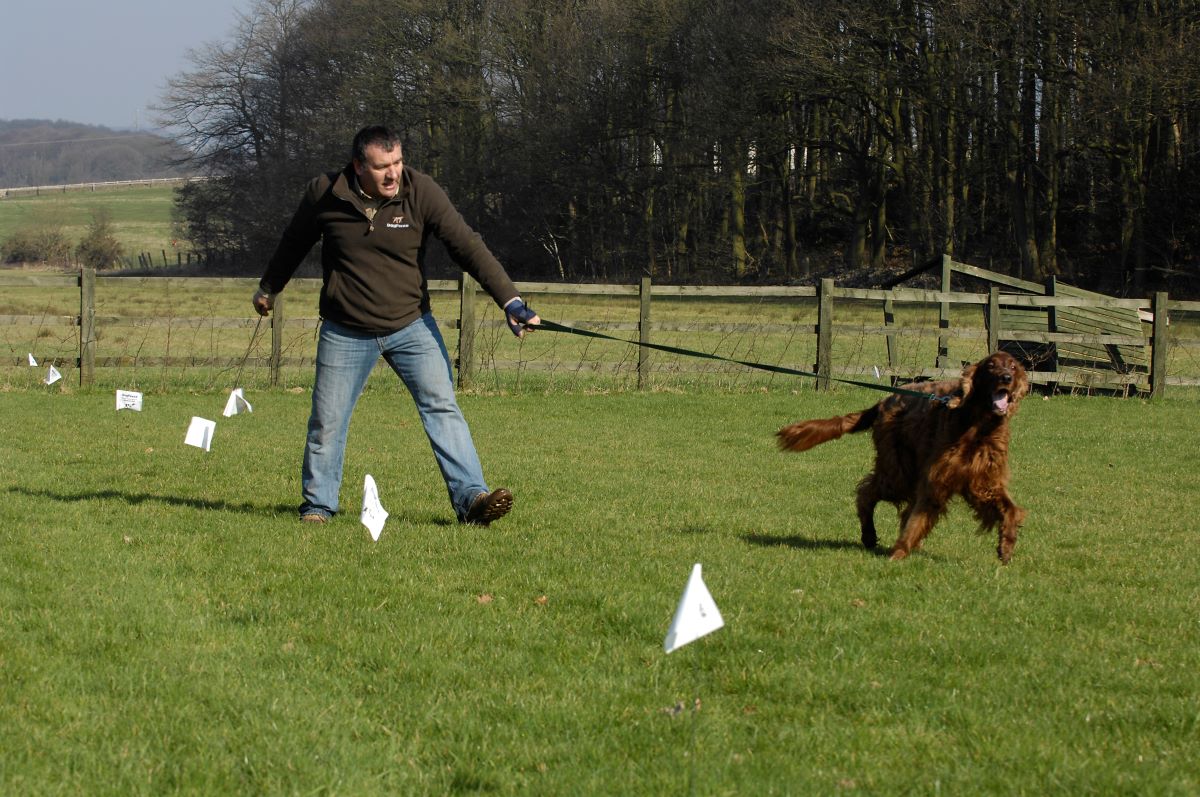
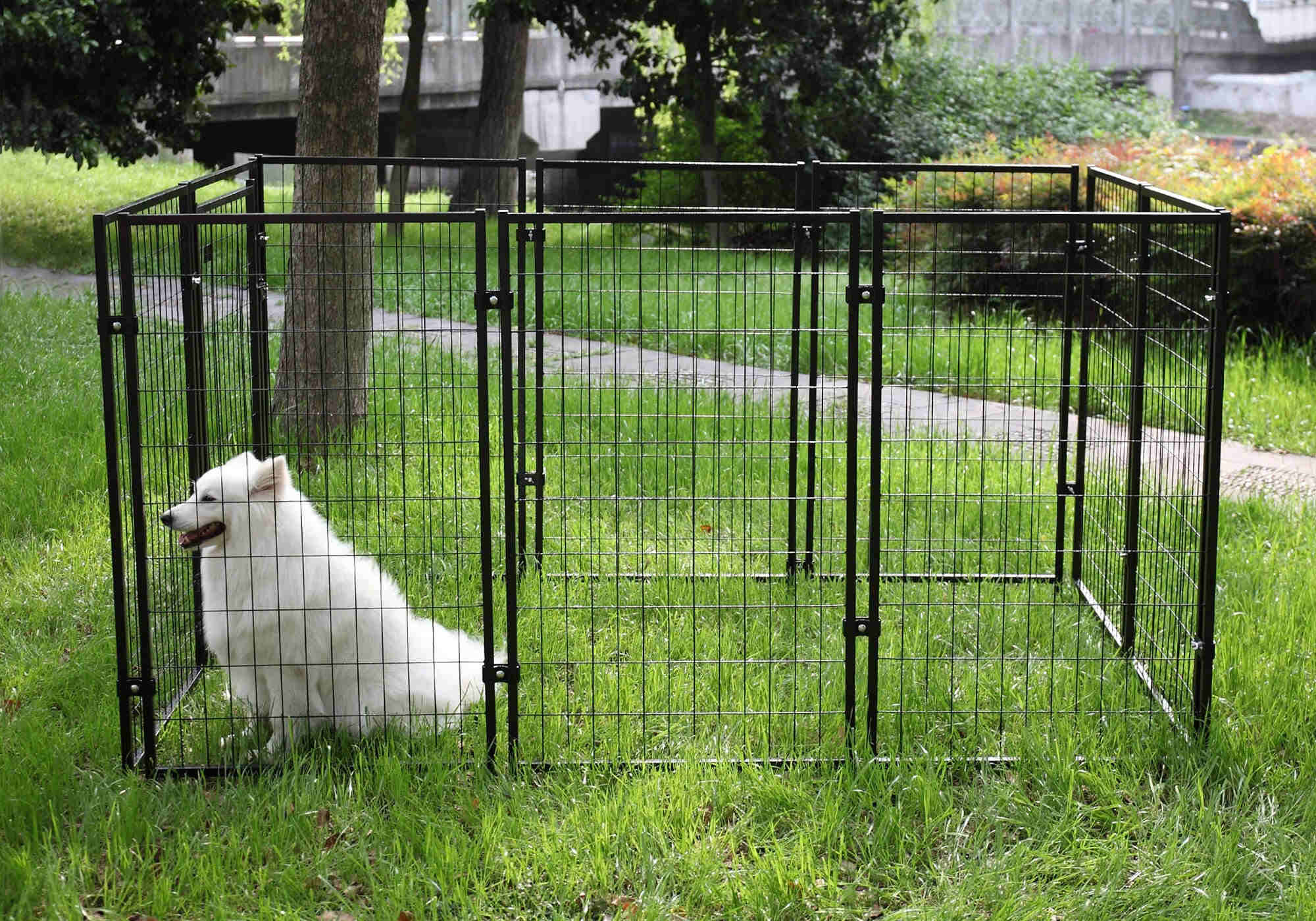
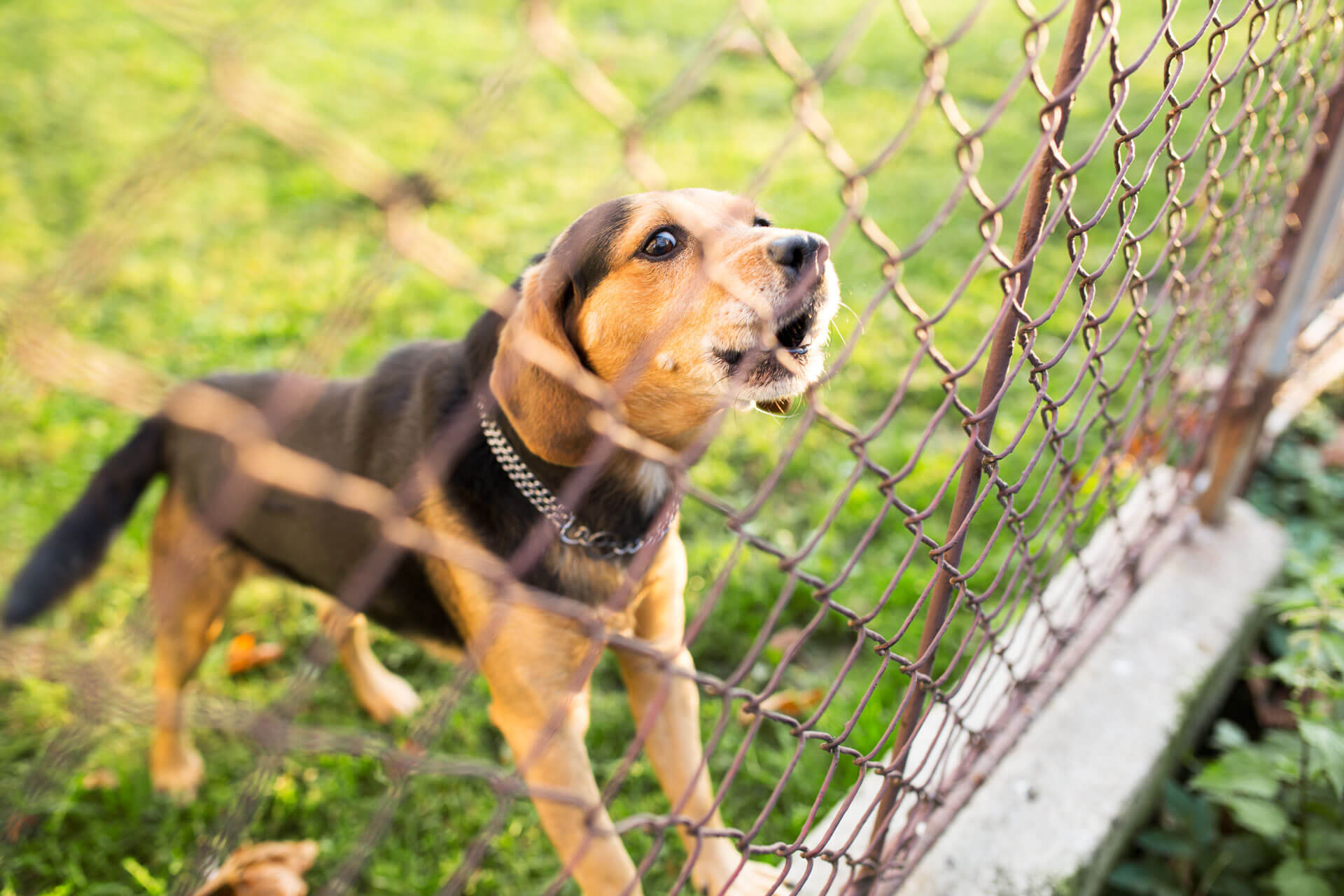
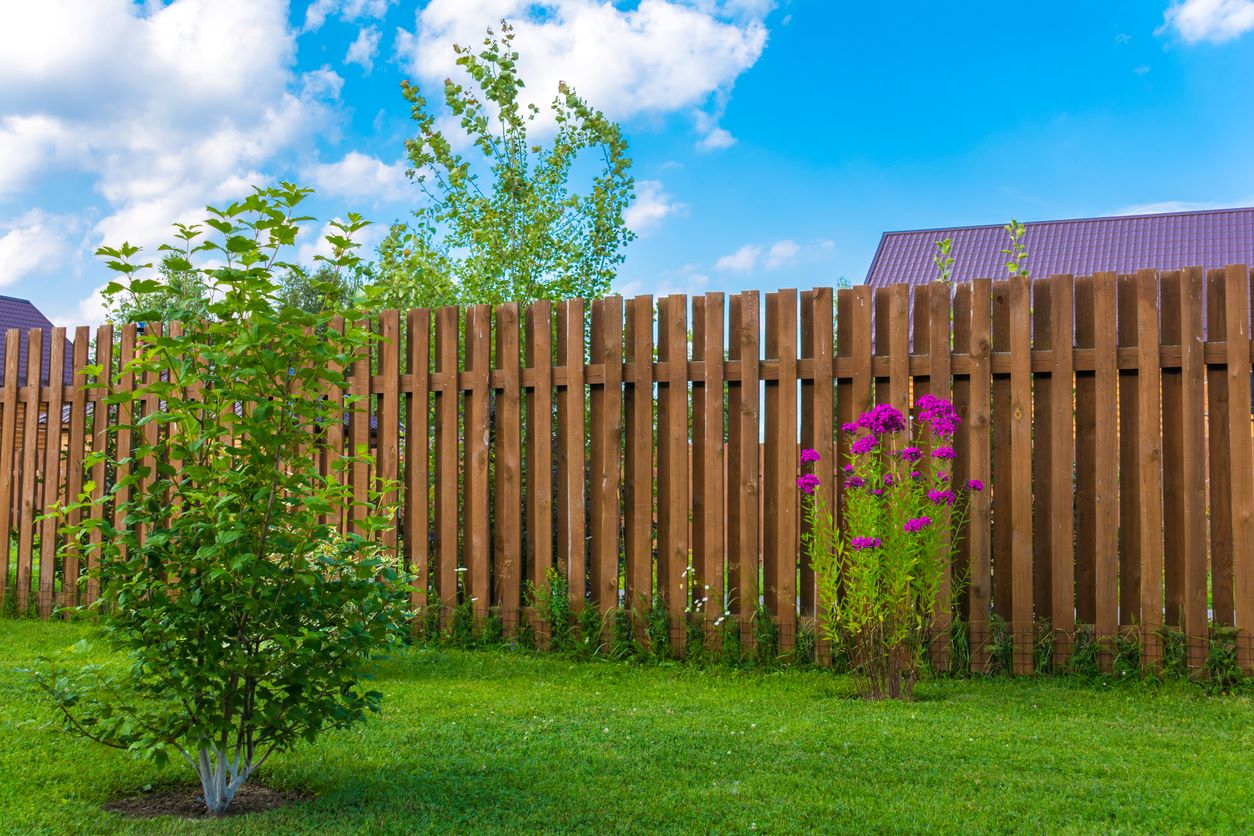
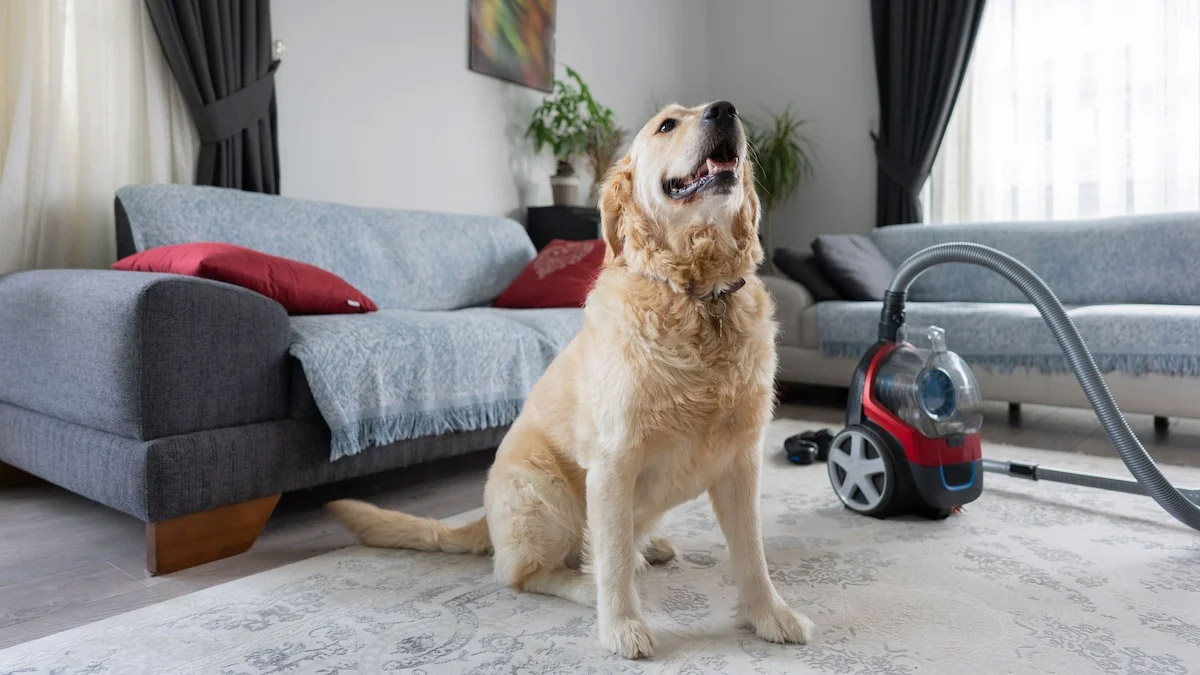

0 thoughts on “How To Keep Dogs In Yard Without Fence”